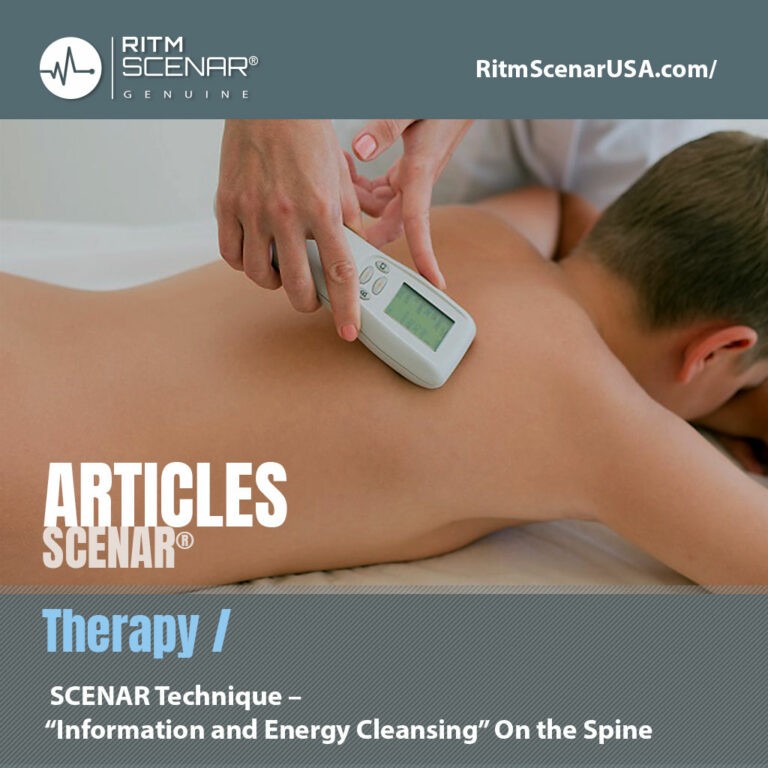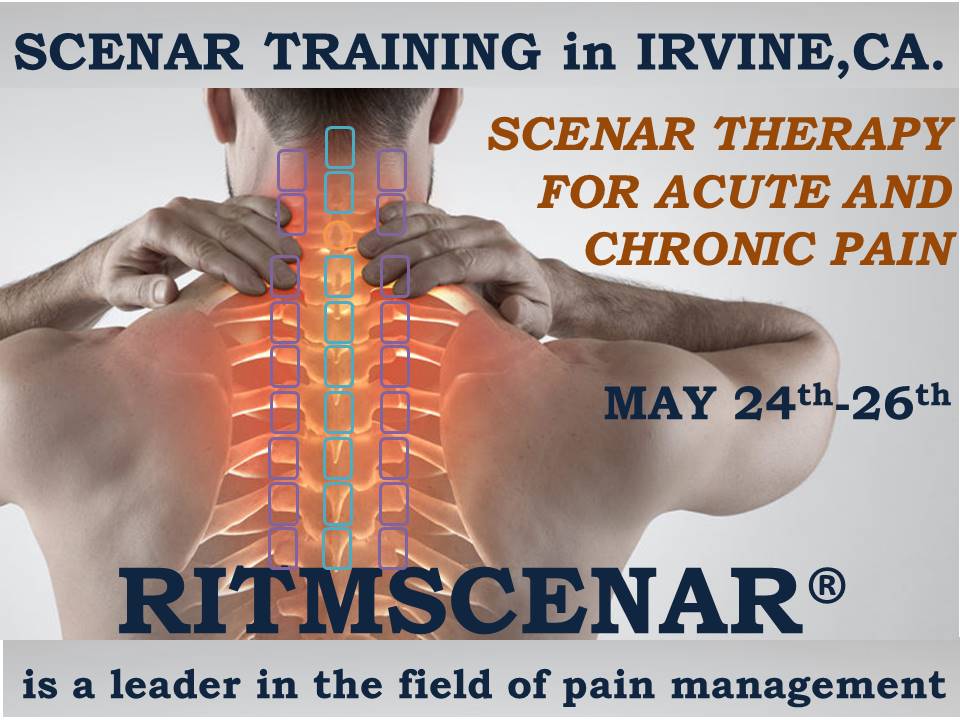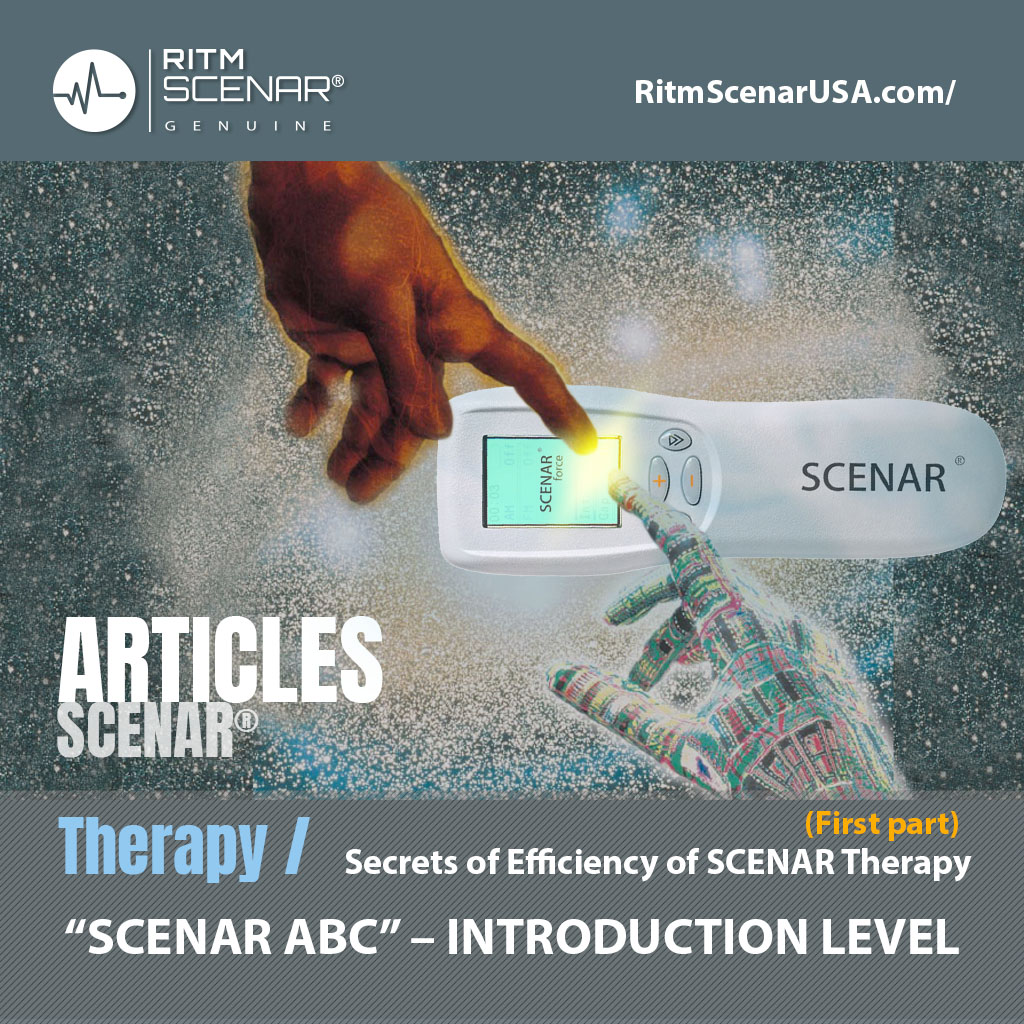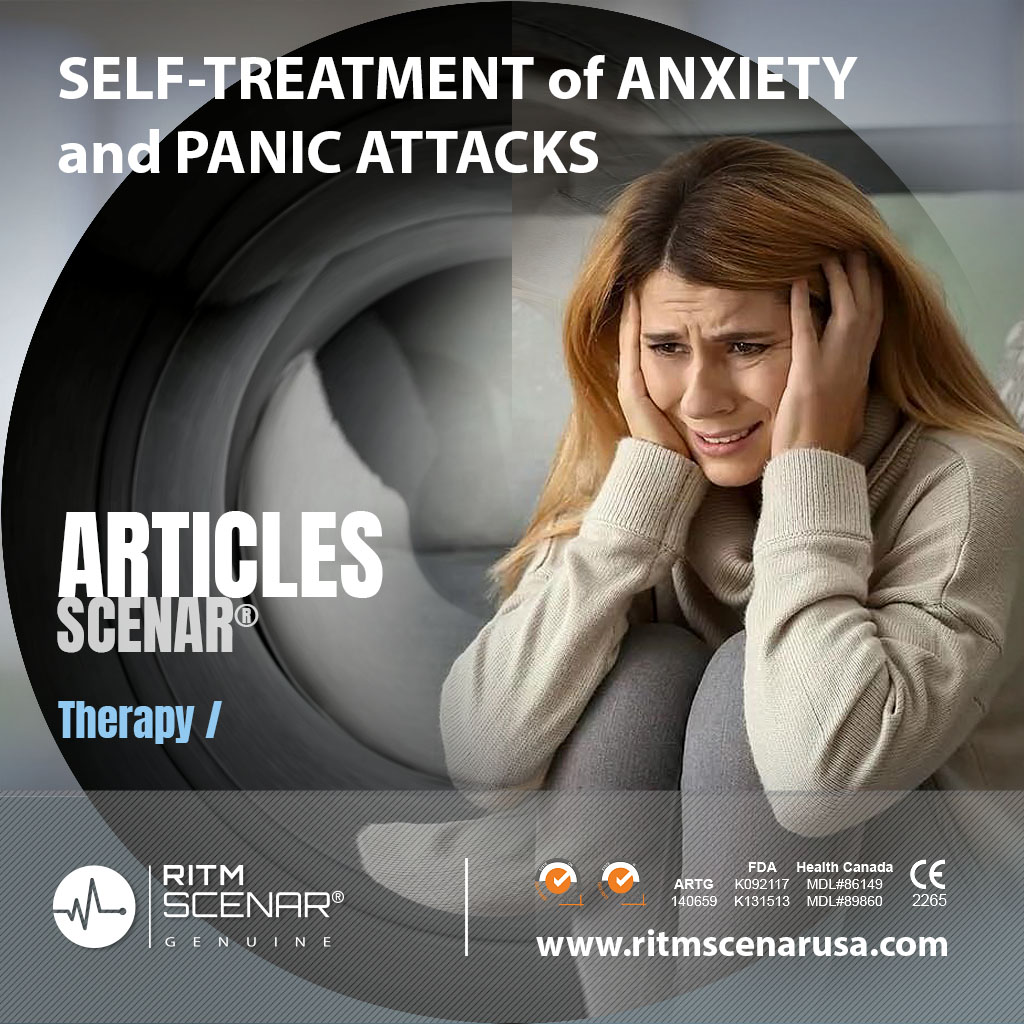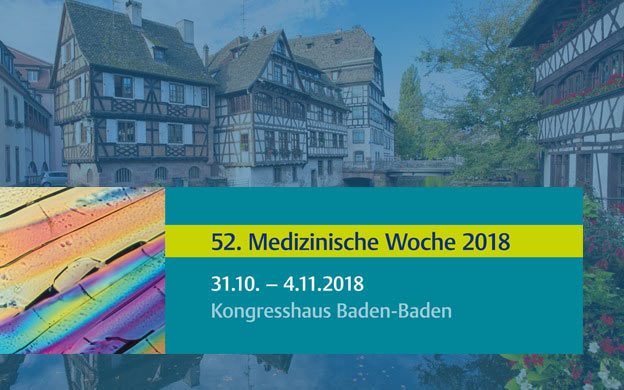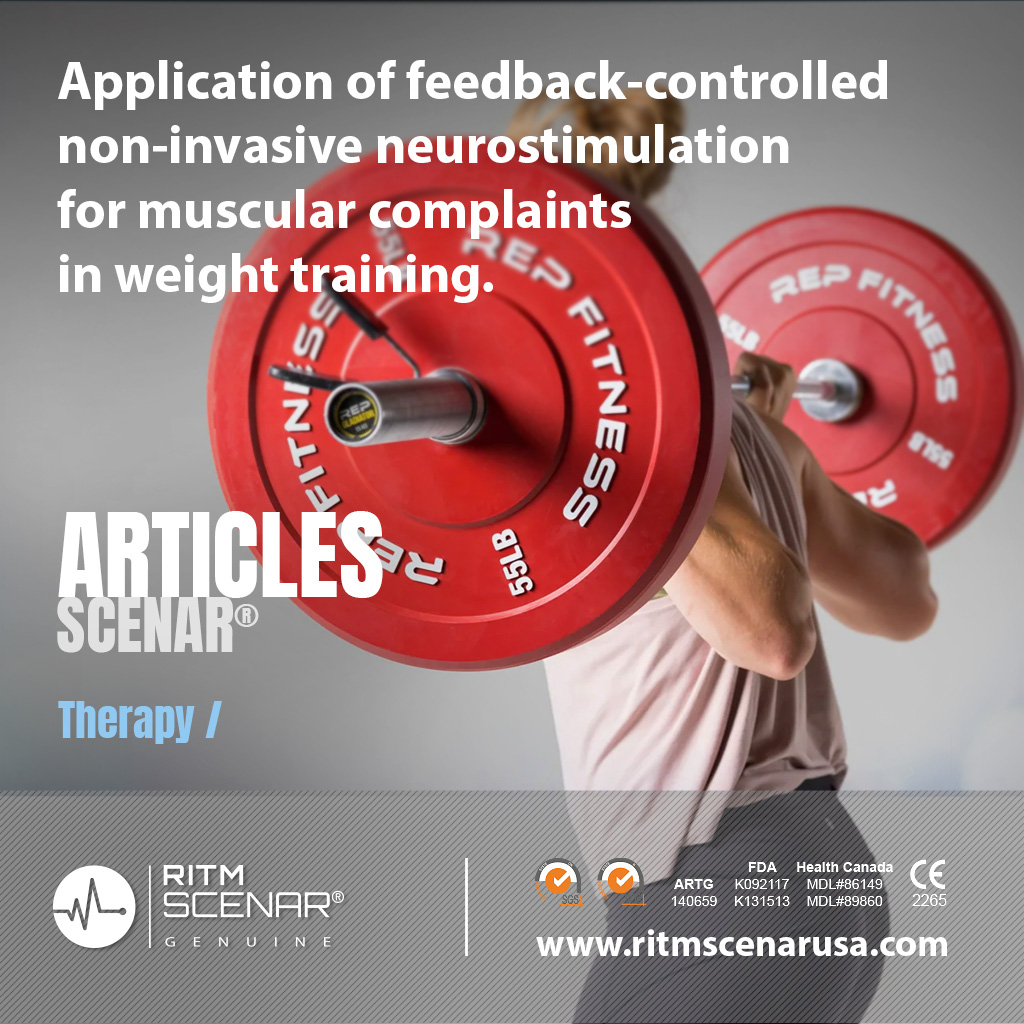Medical contributor – Dr.Iosif Semikatov, MD
The purpose of the technique is to help the patient’s body redistribute the energy supply of self-regulation processes in various pathological conditions by creating a controlled stress situation in the projection of “Three Pathways” zone.
The human body, as an “energy system”, is an organized complex of functionally related cells, tissues, organs and systems. Their interaction ensures the vital activity of the body in constantly changing conditions. Each functional system of a living organism – from the central nervous system to cells and parts of cells – includes governing, executive and controlling elements with a feedback system. Any system can be controlled by changing its structure or operating conditions.
An important role in this is played by the skin as a regulator of various physiological functions. Irritation of various reflex zones on the skin can relieve pain and cramps, and affect the change in the functions of different boundaries and systems. It is these skin zones with increased physiological activity that are used in SCENAR therapy for the treatment of various pain syndromes.
The main indications for use:
- Absence or insignificant dynamics of patient complaints during the course of SCENAR therapy.
- Expressed active change in the patient’s complaints during the course of SCENAR therapy.
- Expressed psychoemotional condition during or after acute stress of the patient, as well as during the chronic stress.
- Stable predominance of complaints in the patient in the form of symptoms of general ill-being: a decrease in general energy and loss of strength (fatigue, general weakness, malaise, chronic fatigue syndrome), drowsiness, insomnia, irritability, long-term low-grade fever or hypothermia (low temperature), menopause.
- for practically healthy people for: fatigue, sleep problems, irritation, anxiety.
- for athletes during training and competition.
Technique algorithm (variant – “Zigzag”):
Patient position: lying on his/her stomach.
Treatment zone: within “3 Pathways” Zone:
– Vertically – from the border of the hair growth on the head to the tailbone,
– Horizontally – the width of the interscapular region.
Coaxial electrode position: horizontal.
Device settings: Dose- 0, Presets, SW1, (FM + Var,) FM, 90Hz – depending on the version of the SCENAR device).
Energy – from tolerable to maximum tolerant.
!! For children and weakened patients – the strength of sensations/ Energy is comfortable.
Tamara Goncharov | SCENAR SCHOOL
Begin the treatment – at the border of the hair growth on the head – by staying for 30 seconds, then slowly move the electrode in a zigzag movement to the coccyx (the buttocks fold) without lifting the electrode from the skin and with the overlapping of each horizontal line on the previous movement of the electrode (so that there are no gaps on the skin).
Move the device at the same speed and compression on the skin.
End the treatment on the tailbone (the buttocks fold) by staying there for 30 sec. (see fig.).
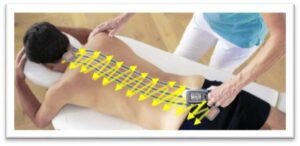
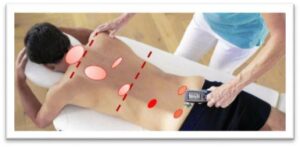
The total time of one pass through the zone is at least 30 – 60 seconds. Then repeat the procedure 2 more times.
The task is to achieve the appearance of hyperemia (redness) of skin areas in each part of the spine: cervical, thoracic and lumbosacral. If this has not been achieved, continue repeating passes through this zone, each time changing the parameters and (or) Energy.
The criterion for completing the technique is the appearance of hyperemia in all parts of the spine.
After the procedure, assess the patient’s condition. If he/she feels fine, you can additionally treat the area of the local complaint. Then wrap in a healing ULM blanket if possible for 20-40 minutes.
If the patient develops dizziness, weakness, etc. after the procedure, then additional treatment are not recommended during this procedure.
If possible, wrap the patient in a healing ULM blanket for up to 30 minutes.
!! Do not combine this technique with other techniques of general regulation in one procedure.
Usually, during the course of treatment, this technique is performed once.
The article was prepared based on the materials of the methods developed by Dr.Yu. Gorfinkel and Dr.A N. Revenko.
REFERENCE LIST:
- Gorfinkel Yu.V. Revision of the mechanisms of the analgesic action of SCENAR-therapy. SCENAR-therapy and SCENAR-expertise. Collection of articles, edition 1, 1995, pp. 31-33.
- Greenbird Yu.Z. Efficiency of SCENAR-therapy. Physiological aspects. SCENAR-therapy and SCENAR-expertise. Digest of articles,. Taganrog, ZAO OKB RITM, 1998, pp. 14-15
- Garkavi JT.X. Antistress reactions and activation therapy. Part I / JI.X. Garkavi, E.B. Kvakina, T.S. Kuzmenko, A.I. Shikhlyarova-Yekaterinburg
- Revenko A.N. Place of SCENAR-therapy as a technology in modern medicine. // SCENAR-therapy and SCENAR-expertise. Digest of articles. Issue 4. Taganrog, 1998.-S. 19-30.
- Methodology for the correction of clinical manifestations of somatic, surgical, neurological diseases with the neuroadaptive electrostimulator “SCENAR” (Manual for doctors) Moscow, 2002
